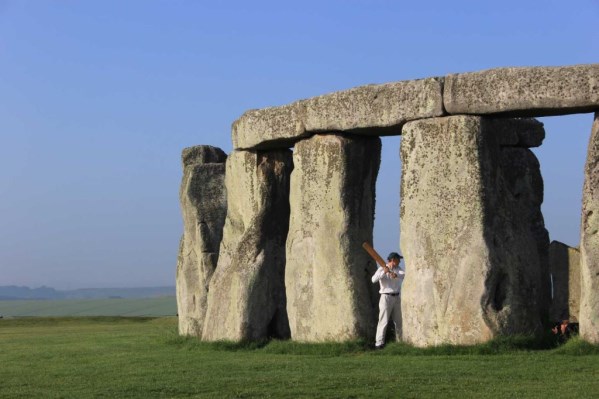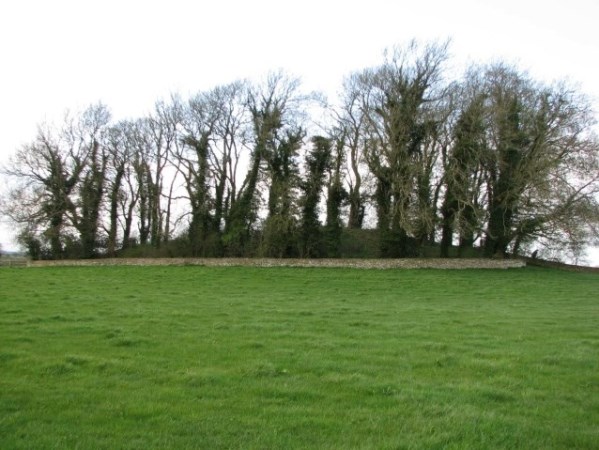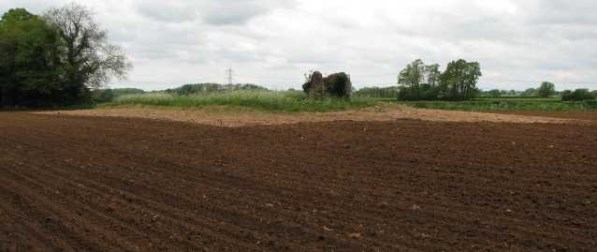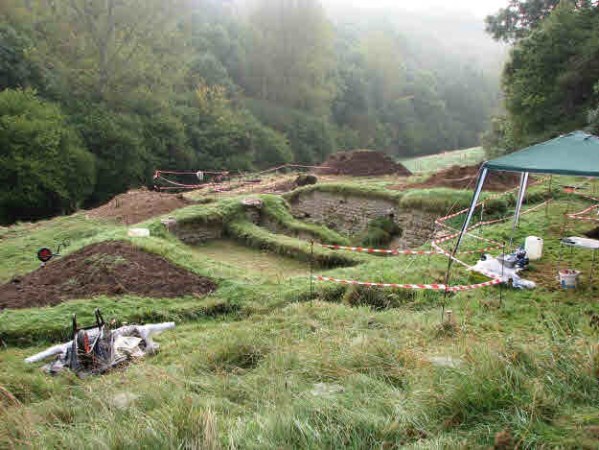News & Projects
April 2025
Remembering the April 1944 tragedy when nearly 1000 US soldiers died whilst training for the D-Day landings, they made the greatest sacrifice for our freedom.
Archaeological Surveys celebrated 20 years of work in geophysics at the beginning of the year.
In March we attended the 2025 Wiltshire Archaeology Conference in Devizes where a number of projects that we had carried out geophysical survey for were presented. Our stand provided information on our recent research at Devizes Wireless Station, just three miles from the conference location, as well as other community and research projects within Wiltshire.
Cheers, Dave Sabin
The Stonehenge Chubb Centenary Day, at Shrewton near Stonehenge, included several cricket matches between teams of archaeologists and Shrewton village. Cecil Chubb, born at Shrewton and a cricketer for the village, bought Stonehenge at auction in 1915 and gifted the monument to the nation in 1918. The cricket matches were played in good spirit with some of the archaeologists dressing for the period.
A geophysical survey was undertaken within a single arable field at East Kennett Manor Farm near Marlborough, at the request of landowners Mr and Mrs James Cameron. The survey was carried out over the site of a scheduled bowl barrow, 200m east of East Kennett long barrow forming part of a barrow cemetery (Monument No: 1014036 (SM 28103)) under the Environmental Stewardship Higher Level Scheme, which aims to protect the underlying archaeology within the field.
A detailed magnetometer survey surrounding the Neolithic long barrow known as West Barrow, at Leighterton in Gloucestershire, was undertaken by Archaeological Surveys Ltd. The survey was commissioned by Gloucestershire County Council Archaeology Service as part of works aiming to prevent further damage to the monument by badgers. The results revealed a number of large amorphous quarry pits surrounding the barrow. Two ring ditches have also been located to the south of the barrow, with some evidence for internal features and their small diameters (approximately 8-10m) suggesting they may relate to former round houses.
Archaeological Surveys Ltd was commissioned by Wiltshire Council Archaeology Service to undertake a geophysical survey of Lugbury Long Barrow near Nettleton, Wiltshire. The survey was requested due to the continued impact of ploughing on the barrow which is designated a Scheduled Monument (SM 12290). The work has been carried out under the Monument Management Scheme funded by English Heritage.
Excavations close to Truckle Hill Roman Villa in Wiltshire have revealed a remote bath house perched on the edge of a wooded valley. There appears to be a number of phases to the building, with incredible preservation of some of the walls due to hillwash debris that has buried the site with up to 2m of soil. Archaeological Surveys Ltd have carried out numerous research surveys across the site with interesting results, and we were commissioned to carry out geophysics and LiDAR analysis across the main villa site and surrounding area.





